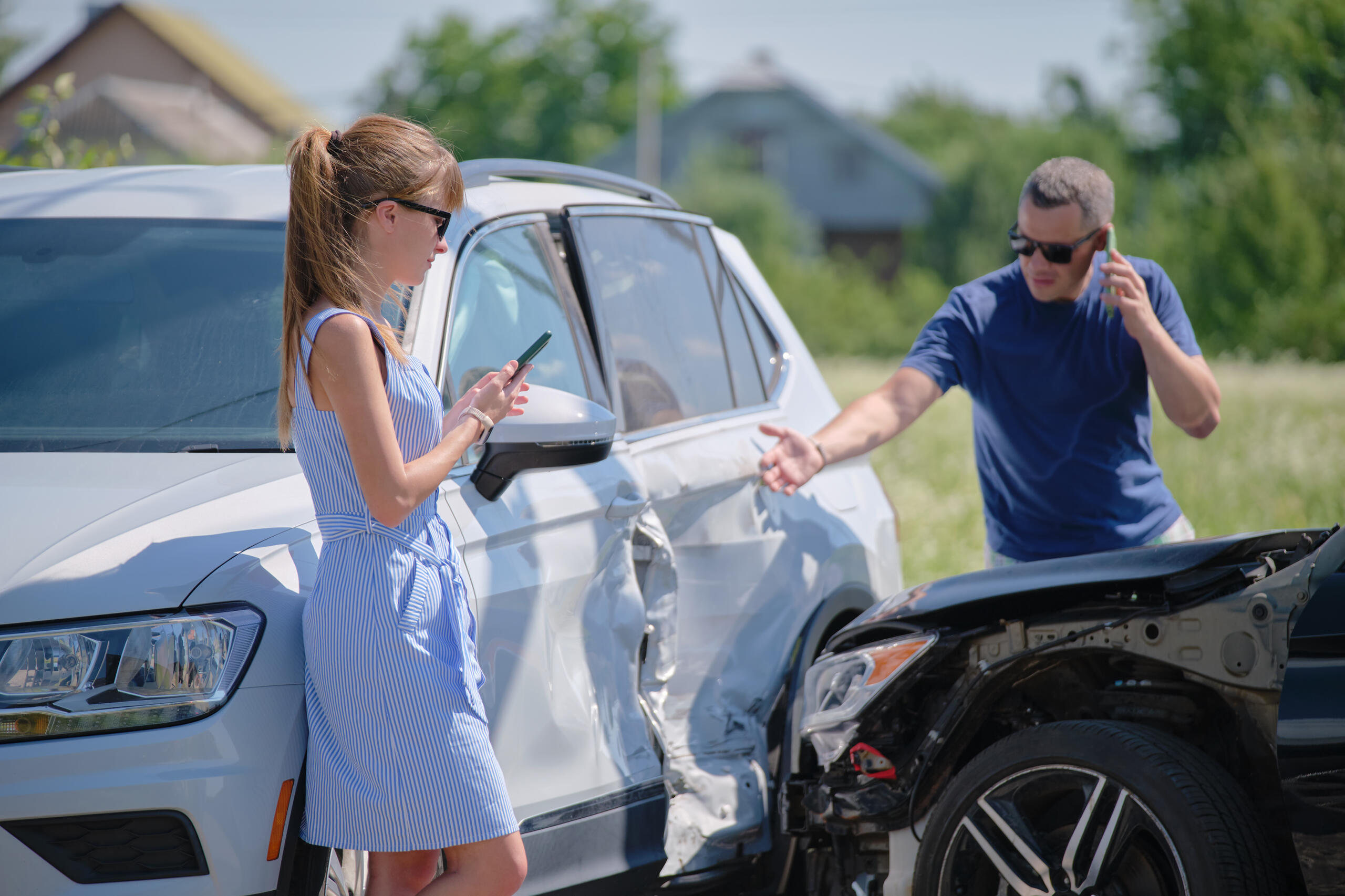A car accident can be a jarring experience, leaving you unsure of what steps to take next. However, documenting your motor vehicle accident thoroughly is crucial for building a strong legal case. This guide will walk you through the process of documenting your accident in Minnesota, ensuring that you have all the necessary information to support your claim.
Immediately After the Accident
The moments following a car accident are crucial for gathering evidence. Here are the steps you should take immediately:
Ensure Safety
First and foremost, ensure your safety and the safety of others involved. If possible, move your vehicle to a safe location to prevent further accidents. Turn on your hazard lights and set up warning triangles or flares if you have them.
Call 911
Contact the authorities as soon as possible. In Minnesota, reporting the accident is essential, especially if there are injuries or significant property damage. The police will create an official Minnesota accident report, which will be a vital piece of documentation for your case.
Seek Medical Attention
Even if you feel fine, it’s important to get checked by a medical professional. Some injuries may not be immediately apparent, and having medical records can support your claim if you experience issues later on.
Gathering Information at the Scene
Collecting detailed information at the scene of the accident is key to building your case.
Exchange Information
Exchange contact and insurance information with all parties involved in the accident. This includes names, phone numbers, addresses, insurance policy numbers, and license plate numbers.
Document the Scene
Use your smartphone or a camera to take photos and videos of the accident scene. Capture the position of the vehicles, any visible damages, road conditions, traffic signs, and any skid marks. These visuals can provide context and clarity when recounting the accident.
Talk to Witnesses
If there are any witnesses, get their contact information and ask for a brief statement of what they saw. Witnesses can provide an unbiased account of the accident, which can be crucial in legal proceedings.
Creating a Detailed Accident Report
After gathering initial information, creating a comprehensive accident report is the next step.
Write a Personal Account
As soon as possible, write down your personal account of the accident. Include details such as the time, location, weather conditions, and your actions before, during, and after the accident. Be as detailed as possible, and stick to the facts.
Obtain the Official Minnesota Accident Report
Request a copy of the official accident report from the Minnesota Department of Public Safety. This report contains the police officer’s assessment of the accident, which can be an essential piece of evidence for your case.
Additional Documentation
Beyond the immediate aftermath, additional documentation can strengthen your case.
Medical Records
Keep detailed records of any medical treatment related to the accident. This includes emergency room visits, doctor’s appointments, physical therapy, and prescribed medications. Ensure that all injuries, even minor ones, are documented.
Repair Estimates and Receipts
Obtain estimates for vehicle repairs and keep receipts for any expenses incurred as a result of the accident. This financial documentation is critical when seeking compensation for damages.
Correspondence with Insurance Companies
Keep a record of all correspondence with insurance companies, including emails, letters, and notes from phone conversations. These records can help track the progress of your claim and serve as evidence if disputes arise.
Legal Considerations in Minnesota
Understanding the legal framework in Minnesota can help you navigate the aftermath of a car accident more effectively.
No-Fault Insurance
Minnesota is a no-fault insurance state, meaning that your own insurance company will cover medical expenses and lost wages regardless of who caused the accident. However, you may still file a lawsuit for severe injuries or significant property damage.
Statute of Limitations
In Minnesota, you have a limited time to file a lawsuit for a car accident. Generally, the statute of limitations is six years for personal injury claims and four years for property damage claims. It’s important to act promptly to preserve your legal rights.
Legal Representation
Consider consulting with a personal injury attorney to understand your legal options. An experienced attorney can provide guidance on the best course of action and help you navigate the complexities of the legal system.
Conclusion
Documenting your car accident thoroughly is vital for building a strong legal case in Minnesota. By following the steps outlined in this guide, you can ensure that you have all the necessary information to support your claim. Remember to prioritize safety, gather detailed evidence, and seek legal advice if needed. With proper documentation, you’ll be well-prepared to pursue the compensation you deserve.
Contact Minnesota’s Personal Injury Attorneys at 612-Injured
If you’ve been involved in a car accident and need expert legal assistance, don’t hesitate to reach out to Minnesota’s Personal Injury Attorneys at 612-Injured. Our experienced team is here to help you navigate the complexities of your case and ensure you receive the compensation you deserve. Contact us today for a free consultation and take the first step towards securing your legal rights!



